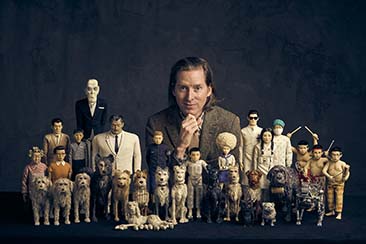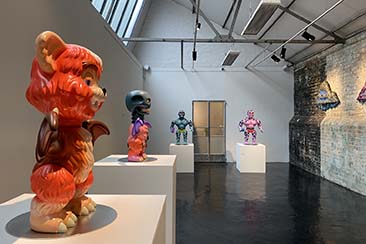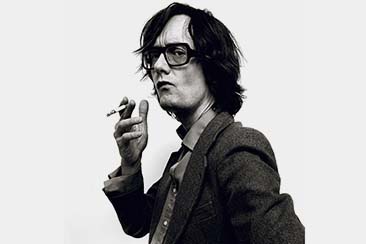At the time of his death in 1974, Louis Kahn was said to be America’s foremost architect, yet despite being lionised by critics and colleagues, he realised comparatively few buildings in his career and died in ignominious fashion and in financial difficulties. A brilliant mind with a complex personal life, Kahn remains a major figure in contemporary architecture, with the likes of Frank Gehry and Renzo Piano citing him as an influence. Now Design Museum, London, is taking a comprehensive look back at his career in Louis Kahn: The Power of Architecture.
Louis Kahn was born Itze-Leib Schmuilowsky in 1901 on an island in what is now modern-day Estonia. His family emigrated to Philidelphia in 1906, where he became a naturalised citizen and the family name was changed. Khan showed early talent in music and drawing, and in 1920 he won a scholarship to study architecture at the University of Pennsylvania. A two-year European tour including medieval fortified towns influenced Khan’s monumental style, and by 1935 – despite the Great Depression – he had established his own architectural practice. Khan would go on to be an influential professor in the post-war years at Yale and later UPenn, and his building projects include the Franklin D Roosevelt Four Freedoms Park, New York, and his most celebrated work, the Jatiyo Sangshad Bhaban national assembly building in Dhaka, Bangladesh. A number of his major works were constructed on the sub-continent, and it was returning from a trip to India in 1974 that Khan died alone of a heart attack in the bathroom at Penn Station, leaving three children by three different women. Louis Kahn: The Power of Architecture runs until 12 October.
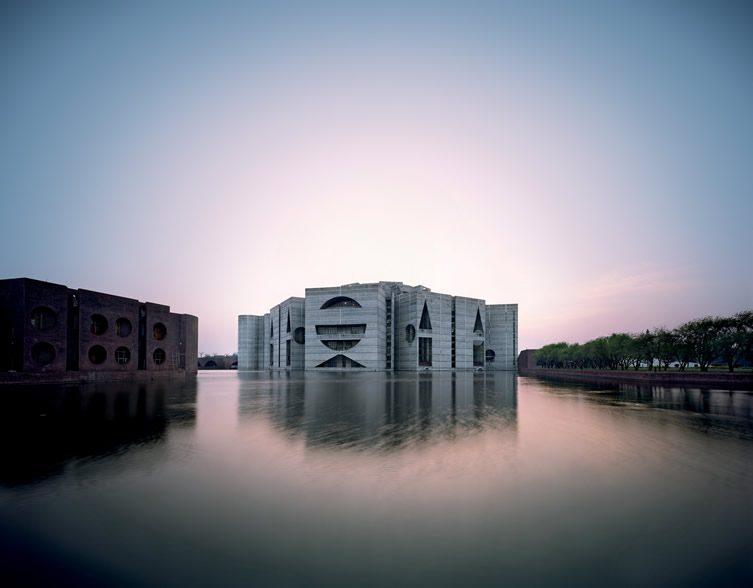
National Assembly Building in Dhaka, Bangladesh, Louis Kahn, 1962–83 © Raymond Meier
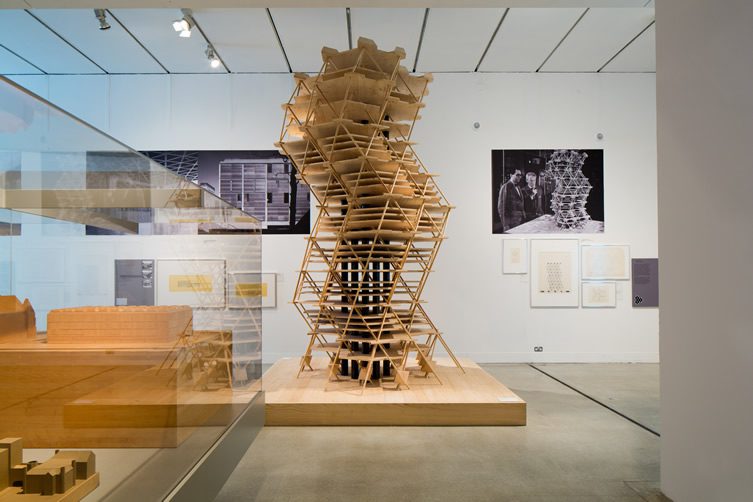
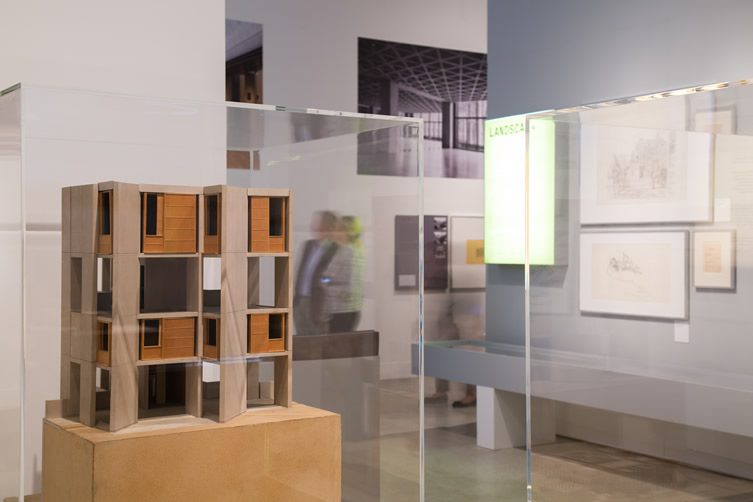
Louis Kahn: The Power of Architecture
Design Museum, London
Photo, Luke Hayes
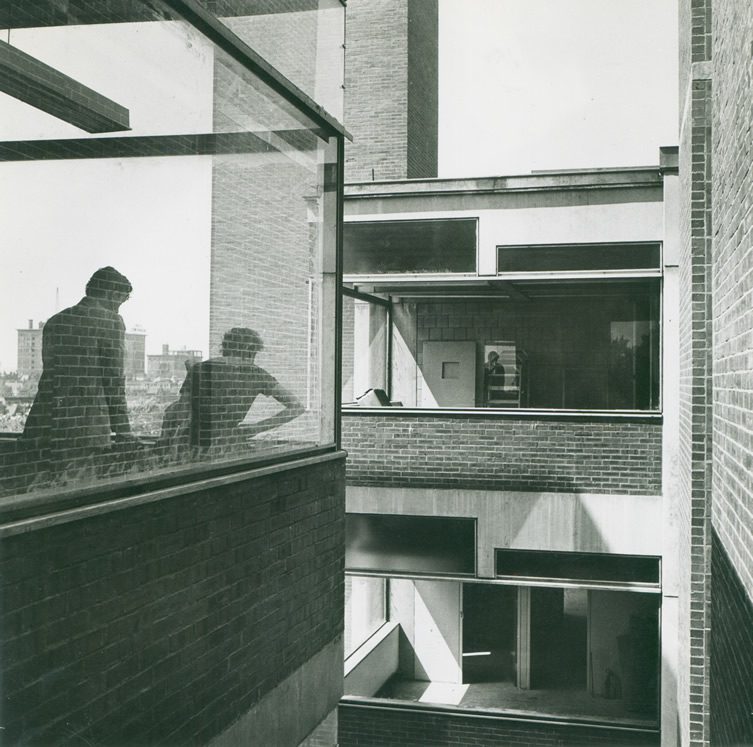
Medical Research Building, Philadelphia
© Louis I. Kahn Collection, Uni. of Penn.
& the Pennsylvania Historical & Museum Commission
photo Mildred F. Schmertz
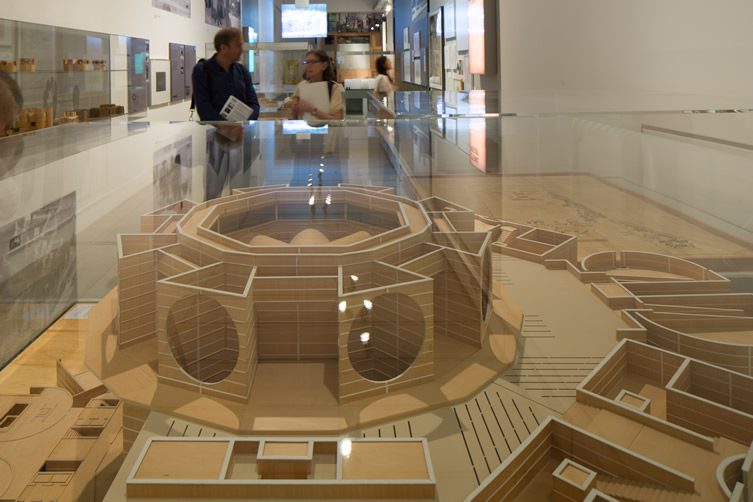
Louis Kahn: The Power of Architecture
Design Museum, London
Photo, Luke Hayes
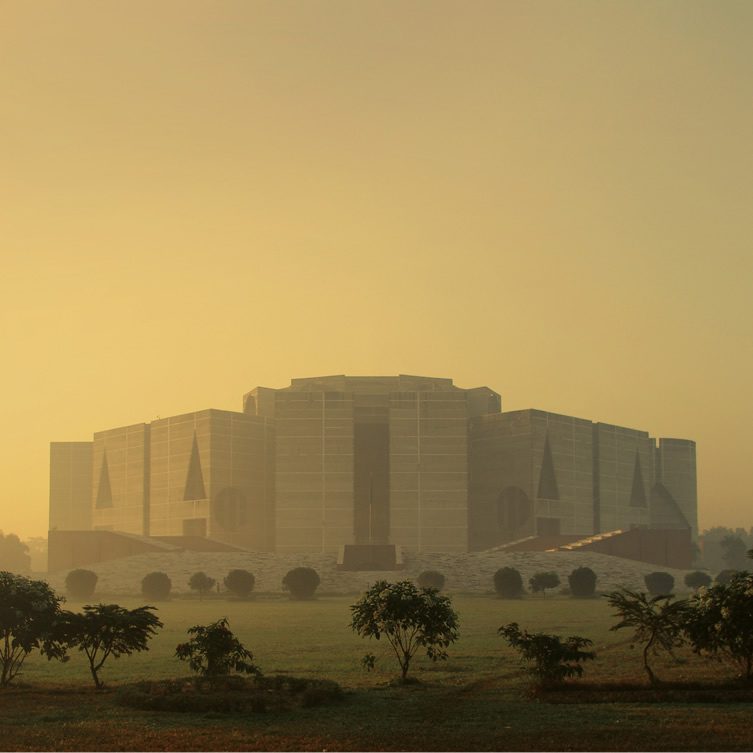
National Assembly Building in Dhaka, Bangladesh,
Louis Khan, 1962-83
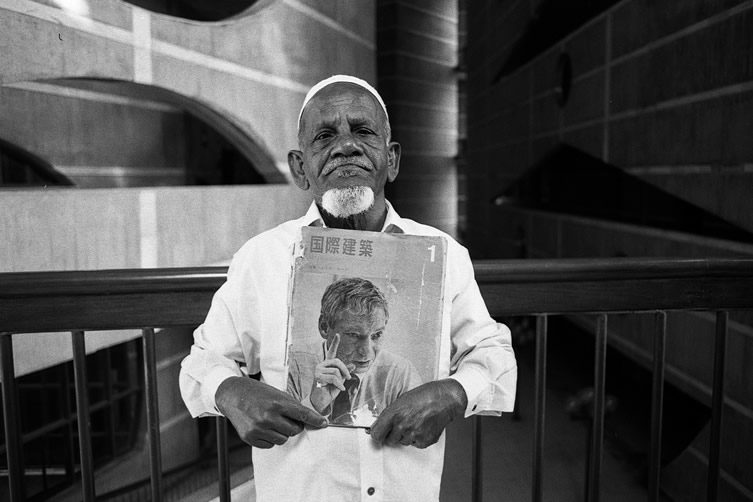
The former assistant of Kahn Imtiaz Mia
at the National Assembly building of Bangladesh in Dhaka
© Robert Richman
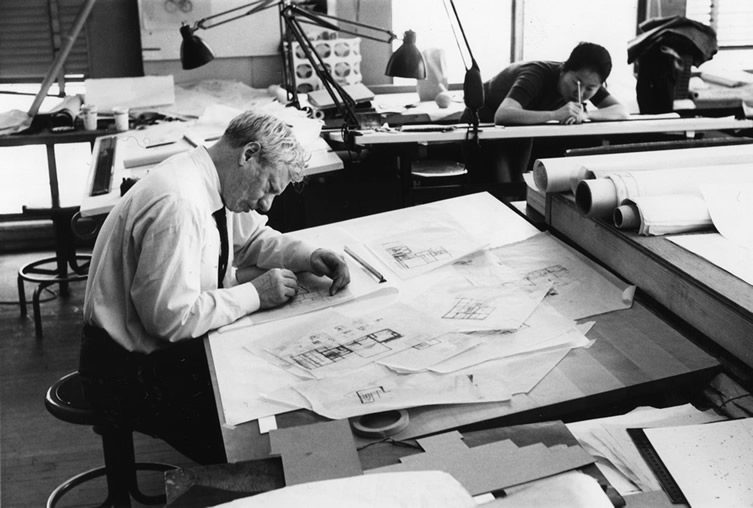
Louis Kahn working on Fisher House design, 1961
© Louis I. Kahn Collection, University of Pennsylvania
and the Pennsylvania Historical and Museum Commission
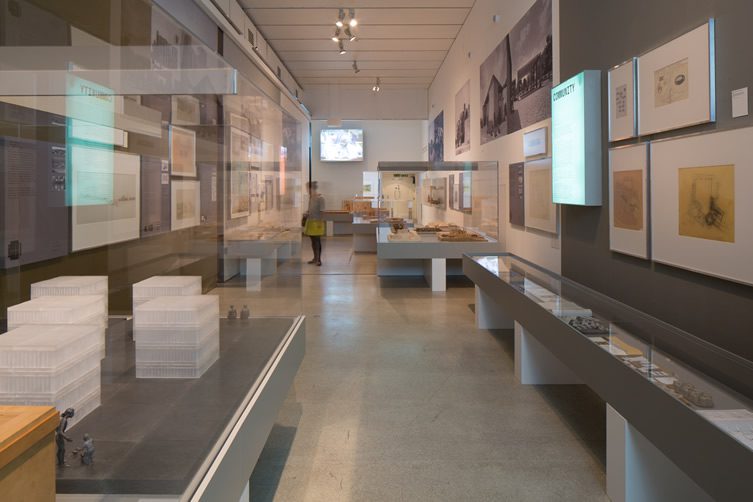
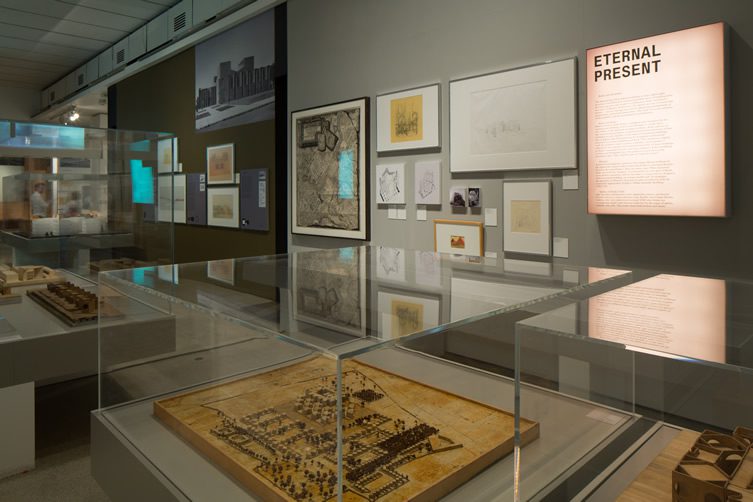
Louis Kahn: The Power of Architecture
Design Museum, London
Photo, Luke Hayes
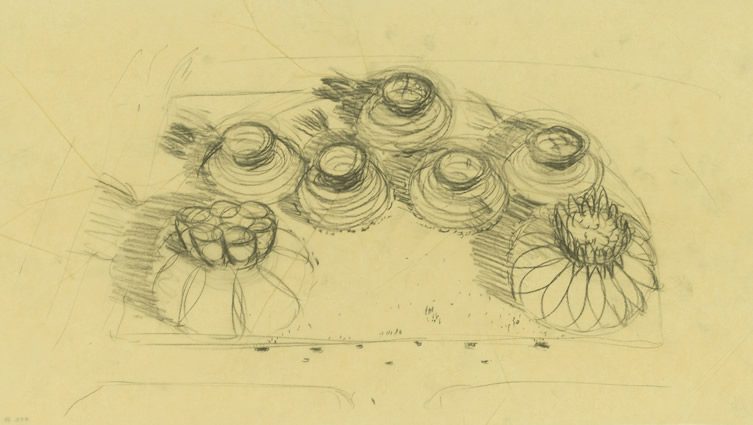
General Motors Pavilion,
world exhibition 1964, New York (not realized)
© Architectural Archives of the University of Pennsylvania, Philadelphia
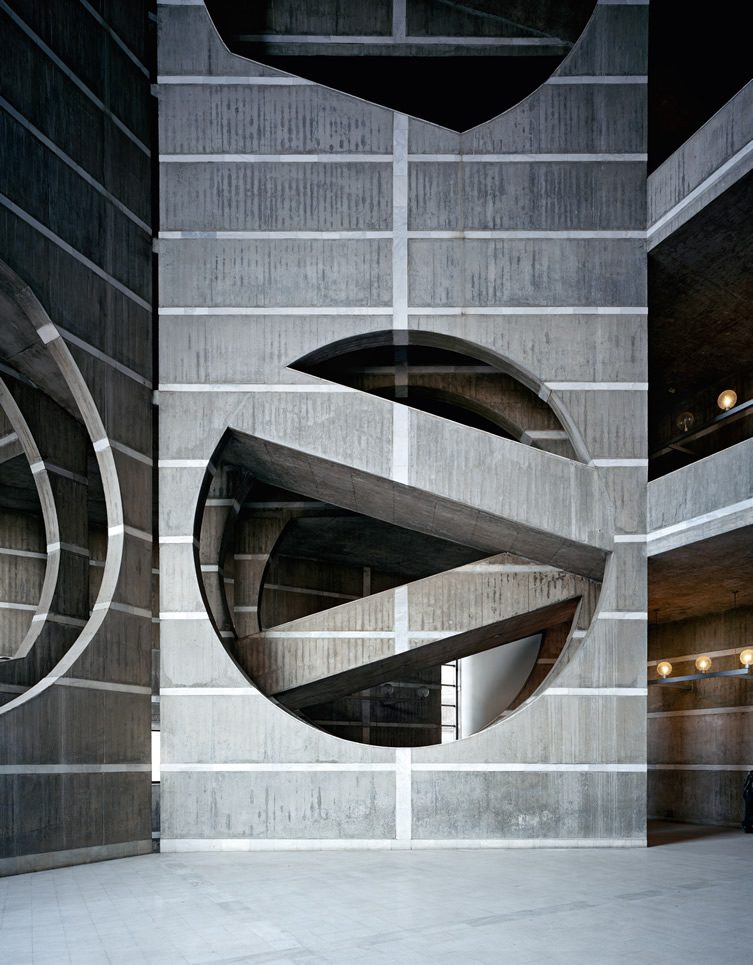
National Assembly Building in Dhaka, Bangladesh,
Louis Kahn, 1962-83 © Raymond Meier

